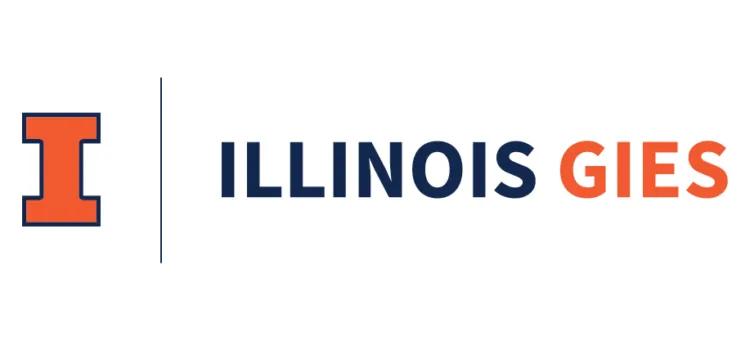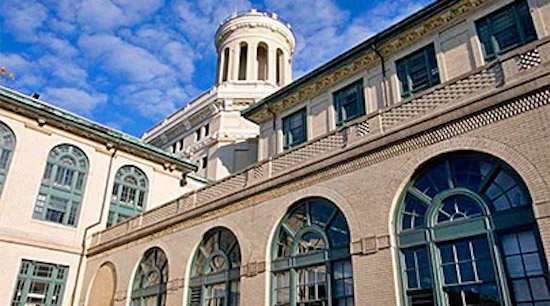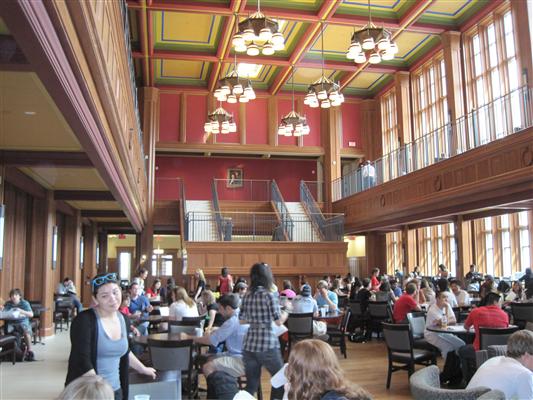In business, you learn that the most dangerous spot is standing still. It’s a lesson that the top business schools take to heart. For them, business isn’t a string of cases and challenges. It is a lens for viewing the world and a template for bettering it. At its heart, business is a call to action, to strive, shape, and serve. In 2016, many business schools heeded this call, with a spirit of passion and possibilities.
During this past year, there were several business schools that set the pace, let alone the standard, for their peers. They rolled out new programs and majors. They collaborated with employers and other disciplines to expose students to new opportunities. They integrated new technologies and sent teams of students overseas to expose them to the culturally diverse and quickly-changing world. They heavily invested in the personal development of their students. In a nutshell, the best schools pushed through cutting-edge innovations, with an eye towards inspiring their classes to emerge as flexible and principled problem-solvers.
Looking for what’s going right in education? Here are 10 undergraduate business programs that shined in 2016 and could serve as examples to follow in the coming year.
(Editor’s Note: These schools are not ranked in any order)
Carnegie Mellon University (Tepper) It isn’t easy to get into Tepper. The average SAT is 1,449 — a 33 point jump over five years ago. Once you get in, the rewards make it all worth it! For one, 98% of the 2016 class landed internships. Let’s just say employers were impressed by their summer hires. How do you know? For one, 94% of the class landed jobs within three months of graduation. Their starting base salaries, $75,696, trailed only Wharton, with half of Tepper’s business majors drawing sign-on bonuses averaging $10,500. Overall, Tepper graduates snagged the fourth-highest pay at $81,251. Better yet, just 40% of graduates carried debt — and a reasonable $15,144 at that. In other words, Tepper grads start fast in the workforce and never look back.
At the same time, the program has undergone a bit of a growth spurt, nearly doubling in size from 80-90 students in 2012 to 140-150 now. This coincides with a revamping of Tepper’s vaunted data-centered curriculum, which has integrated more career-driven instruction in areas like networking. Last year, the program also introduced several new concentrations, covering such areas as public policy and global markets. One more point: The school is slated to open a new campus center in 2018 that will double its size and boast amenities like a fitness center and food court.
The culture, itself, described as “supportive” and “more of a family,” was another big plus for the school. For that, you won’t find a better endorsement than the one from Colin Lang, a 2014 graduate who now works in banking. “I am currently persuading my brother to apply to Tepper,” he cracks.
Washington University (Olin): A school to watch? Make no mistake: All eyes are fixed on Olin in 2017. Why? In December, Olin received an early gift to kick off their 100-year anniversary: The school finished first in Poets&Quants’ inaugural undergraduate business school ranking.
What’s Olin’s secret? Top-to-bottom excellence, for one. It starts with the caliber of students accepted into the program. Picture this: Just one-in-ten applicants are ever admitted to the business school. The baseline SAT is 1480 — 1511 when converted to the new scale. An equally impressive 91% of students rank in the top 10% of their high school classes, with half being either National Merit semifinalists or finalists.
Impressed so far? Now, look at what happens when you step onto their St. Louis campus. By the end of your first semester as a freshman, you will have already completing a business challenge. Come second semester, you’re partnering with Fortune 500 companies to complete a consulting project. That’s MBA pace! Don’t think of Olin as a sink-or-swim proposition in the deep end, either. This workload is softened by a high touch philosophy, where students enjoy intensive support from faculty, career services, and upperclassmen. The result? Olin placed 97% of their 2016 grads within three months of commencement.
It’s an experience that students only appreciate more once they start their careers. Alumni gave the program A+ marks in work preparation, business skills, extracurricular activities, faculty mentoring, career advising, and alumni accessibility in P&Q’s exclusive alumni poll. So what does Olin do for encore? The school has no plans to rest on its laurels. Three years ago, the program conducted a review that resulted in several new majors and a minor last fall, not to mention a required program to develop leadership and teamwork skills.
Despite these wrinkles, don’t expect many changes to Olin’s trademark academic rigor tempered by Midwestern warmth. “At Wash U, I met some of the smartest people I was ever around,” admits 2014 grad Adam Parker. “Yet, everyone will tell you their favorite part of Wash U is the people. They are good people who are super friendly and easy go to get along with.”
Next Page: Lehigh, Michigan, and Notre Dame.













